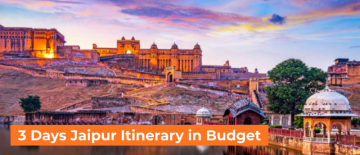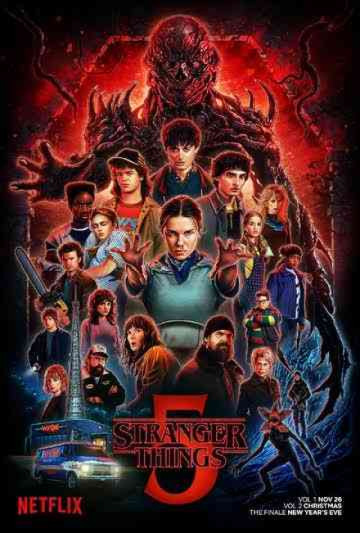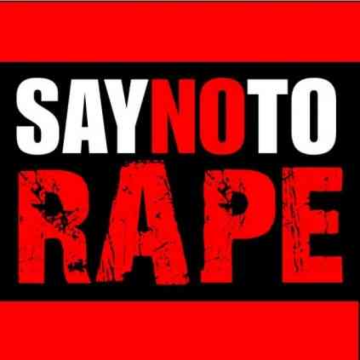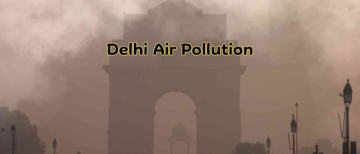The Election Commission (EC) made public the number of voters for all seven rounds of the 2024 Lok Sabha elections today. In a statement, the Election Commission (EC) said that there was a pattern of false stories and bad plans to mess up the voting process.
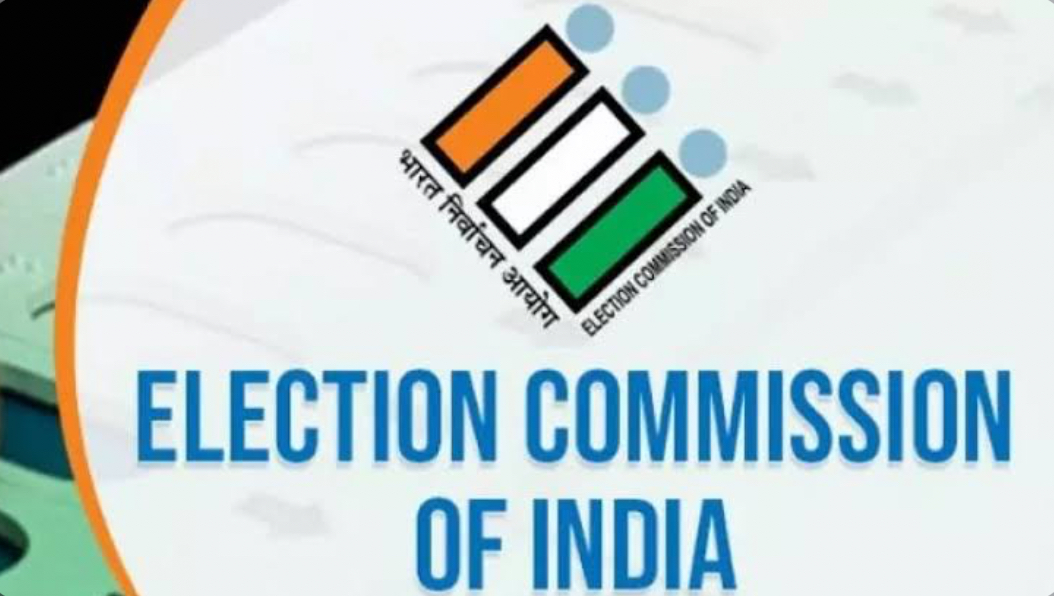
The EC's comment came a day after the Supreme Court put on hold until after the Lok Sabha election petitions asking for the release of voter turnout data, including votes cast and/or rejected, within 48 hours of the end of voting at each booth.
From the next round of voting in the 2024 Lok Sabha elections onward, the pleas asked the EC to collect this information and post it on its website after each procedure.
The Supreme Court's observations and decision on the release of turnout data have properly strengthened the EC, the survey body said in a statement today, while the sixth part of voting is still ongoing. The final part will conclude on June 1.
The EC stated, "This brings upon the Commission a higher responsibility to serve the cause of democratic elections with undeterred resolution."
Since the elections started on April 19, the EC has said that all of the data releases about voter numbers have been correct, consistent, in line with election laws, and "without any discrepancy whatsoever."
The EC refuted reports suggesting a slow release of voting turnout data. It stated that the "facilitative voter turnout app from 9:30 a.m. on the polling day in each phase" provided access to information around the clock, seven days a week.
Commission releases absolute number of voters for all completed phases of General Elections 2024
Details :https://t.co/z0QVHGM41Z— Spokesperson ECI (@SpokespersonECI) May 25, 2024
"The app releases preliminary voter turnout numbers every two hours until 7:30 p.m." Once polling groups arrive at 7:00 p.m., the data continuously updates. On election day, at midnight, the voter engagement app will display the most accurate "Close of Poll (COP)" data in the form of percentages, according to the EC.
"Different news outlets collect data at different times, depending on when it's easiest for them to report the next morning." "Once the polling parties arrive, the voter data becomes final on P+1, P+2, or P+3 (p denotes polling day) or more days, depending on the number of re-polls, if any, and the location and weather conditions," the EC said in a statement.
During the Supreme Court hearing on the turnout row, numerous opposition leaders, such as Mahua Moitra and Pawan Khera of the Congress Party, raised concerns about what they saw as possible vote fraud. They specifically believed that any one political party could illegally add the higher number of votes seen after the polls to their tally.
More importantly, Justices S. Narasimha and Sanjay Karol pointed out that the petitioner's interim appeal, the Association for Democratic Reforms (ADR), was similar to a writ petition that Ms. Moitra filed in 2019 and wanted the EC to "formulate a protocol mandating reporting of Form 17C... within 48 hours (for a Lok Sabha election)". This was not resolved.
In what ways are the applications for 2019 and 2024 related? "Why did you not request a writ separately?" The court had objected to ADR, claiming it had no bearing on elections. We will review this application after the election. Could you perhaps not get involved in the interim between elections?" Justice Datta observed, "We cannot sabotage the election process in addition to being responsible citizens."
READ MORE: Election Commission Identifies Pattern of False Narratives Amid Voter Turnout Data Row
With inputs from agencies
Image Source: Multiple agencies
© Copyright 2024. All Rights Reserved Powered by Vygr Media.




